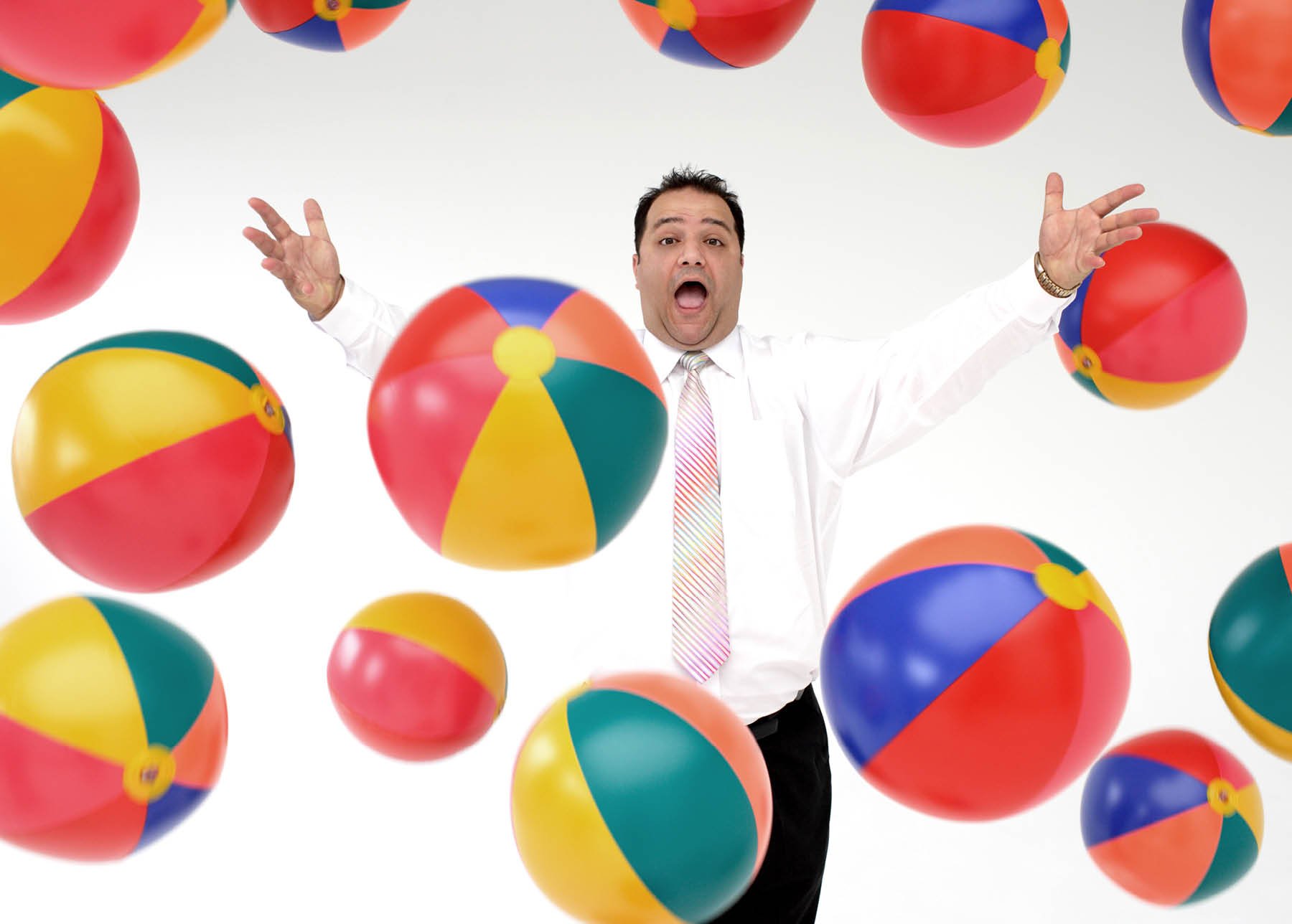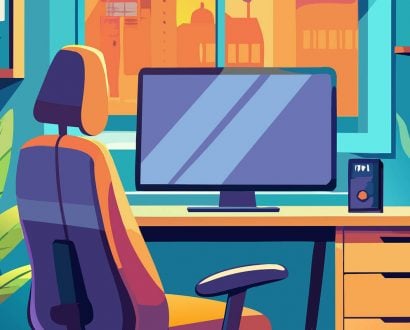Play has a PR problem. Often vilified and seen as a frivolity or distraction at work, when asked what the opposite of ‘play’ is, a resounding number of leaders claim it’s ‘work’.
Play theorist Brian Sutton-Smith once said, “The opposite of play is not work. It’s depression. To play is to act out and be willful, exultant and committed as if one is assured of one’s prospects.”
His quote emphasizes that play isn’t the absence of work, it’s actually a vital part of our existence – it contributes to our sense of joy, fulfillment and mental wellbeing.
Before establishing Culture Hero and starting my ‘play at work’ journey, I was an executive coach. I worked with leaders around mindset and supported them in connecting more deeply to their personal values.

Play creates a playground for learning new ways of thinking, new ways of doing and even new ways of being.
When asked about their hobbies or what they liked to do for fun, many of them responded with, “I go to cafes with friends.” While spending time with friends is important, many leaders I coached lacked a sense of connection to their innate playfulness – the spark that brings joy to their lives.
I use the word innate because play is part of our biology. It is the way we learn and adapt as a species. Acclaimed play researcher Stuart Brown explains, “We are built to play and built through play. The ability to play is critical not only to being happy but also to sustaining social relationships and being a creative, innovative person.”
Brown is known for his research into play behavior. In his landmark study, he conducted ‘play history’ interviews with 1,000 inmates in the Texas Prison System and discovered a strong correlation between what he coined as ‘play deprivation’ and serious crimes committed. The lack of play in childhood led to criminal behavior later in life.
Mental toll
Lack of play in adulthood does not equate to heinous crime. However, it does have major implications. Burnout, quiet quitting, disengagement and poor mental health are rampant in today’s workplaces.
Microsoft’s ‘2022 Work Trends Index’ found that Australian workers are some of the most burnt out in the world. Sixty-two percent of Australian employees were experiencing burnout, compared with a global average of 48 percent. It was even higher for Aussie managers with 66 percent reporting burnout versus 53 percent globally.

Play is part of our biology. It is the way we learn and adapt as a species.
Additionally, a 2022 workplace report by Gallup found that 48 percent of Australians reported high levels of stress at work, making them the second most stressed-out workers in the world.
This level of stress and burnout puts immense pressure on leaders to do things differently. But the big question is whether or not leaders are bold enough to seek out unconventional solutions. This means leaving ‘business as usual’ behind and navigating uncharted territory.
Bedrock of innovation
By adopting play as a guiding principle, leaders can navigate complexity and change with a sense of optimism, curiosity and energy. We can not solve the challenges of the modern workforce with the same conventional thinking that created them.
Play is the bedrock of innovation. Without play there is no curiosity, experimentation or risk-taking, which makes it nearly impossible for organizations to come up with novel solutions to their biggest problems.
Rather than throwing spaghetti at the wall and seeing what sticks, or inviting ‘forced fun’ scenarios that leave employees feeling cynical – a yoga class here, a resilience keynote there, a pizza party on casual Friday – there are more intentional and purposeful ways to design experiences that boost not only your people’s ability to connect with one another, but improve their mental health and wellbeing as well as their ability to foster new ways of thinking.

The Playful Work Equation is designed to be a guide and thought provoker, providing a set of prompts and challenges to any initiative designed to bring play into workplaces.
Based on months of research in collaboration with The LEGO Foundation and several global partners, the Culture Hero research team discovered that certain conditions need to be present for play to thrive at work. We call it the Playful Work Equation.
Just as we consider the needs of our customers before designing new products, we must consider the needs of play in order to create sustainable playful practices at work. Permission, space and a spark are interconnected building blocks that are reliant on one another. If a spark was created without space, play will become a sporadic add-on to people’s working lives.
If permission and space were created without a spark, people will lack the prompt that brings them out of their routine. Connection, wellbeing and new thinking emerge when all of the needs of play are embedded into solutions. This has a significant impact on the future of workplaces at every level and department.
The Playful Work Equation is designed to be a guide and thought provoker, providing a set of prompts and challenges to any initiative designed to bring play into workplaces.

The playful work equation
Play needs:
Permission: In the absence of permission, play does not happen within organizations. Psychological safety, role modelling from leadership and clear structure provides the necessary permission for people to develop their own relationship with play in the workplace.
Space: The pursuit of efficiency and productivity can leave no room for play. In theory, play is seen as invaluable but in practice, it is often an add-on to people’s large workloads. To see the true potential of play, we must give people the space in their day, then design physical and digital infrastructure that provides freedom to explore their playful mindset.
Spark: Like fire, play needs a spark to catch alight and grow. It begins with a belief that play can deliver unique value to each individual. It then needs an opportunity in order to be front of mind. Finally, it needs a prompt or call to action that encourages people to step outside of their comfort zone.

To create:
Connection: An antidote to loneliness, play brings people together in the most human way, often reminiscent of childhood. Play helps people connect to themselves, their colleagues and teams and the mission of their organization and in turn, helps people bring their very best selves to work.
Wellbeing: Play has the chance to significantly reduce burnout, which is currently recognized by the World Health Organization as a global pandemic. Play gives people a chance to switch off for a moment, recharge and gain perspective.
New Thinking: Play seems to be inextricably linked to energy and motivation. Play creates a playground for learning new ways of thinking, new ways of doing and even new ways of being. It is a mechanism that helps people drive innovation, express their ideas and realize their full potential.
Play helps individuals, teams and leaders grow and develop new century skills. If you are a leader who is prepared to challenge the status quo and let go of, “this is the way we’ve always done things,” in order to adopt play as an enabler of positive change and a vital resource for improving culture, IDOHARRT can be your guide:
Intention: Why are we playing? What is our motivation?
Desired Outcome: What do we want to get out of being more playful?
How: How will we play? What suits our team, aligns with our values and gets us excited?
Agreements: What are the agreements around how we want to be together? How will we show up?
Roles: Who will lead the play interventions? Whose help do we need?
Resources: What do we already have that can support us in being more playful? What do we need?
Time: How much time can we commit to this? Daily? Weekly? Monthly?
This exercise can act as your Play Manifesto. A field guide to building rituals that support better teams, a better culture and a brighter future. Used alongside the Playful Work Equation, organizations can begin their journey to building more adaptable, creative and connected teams.







